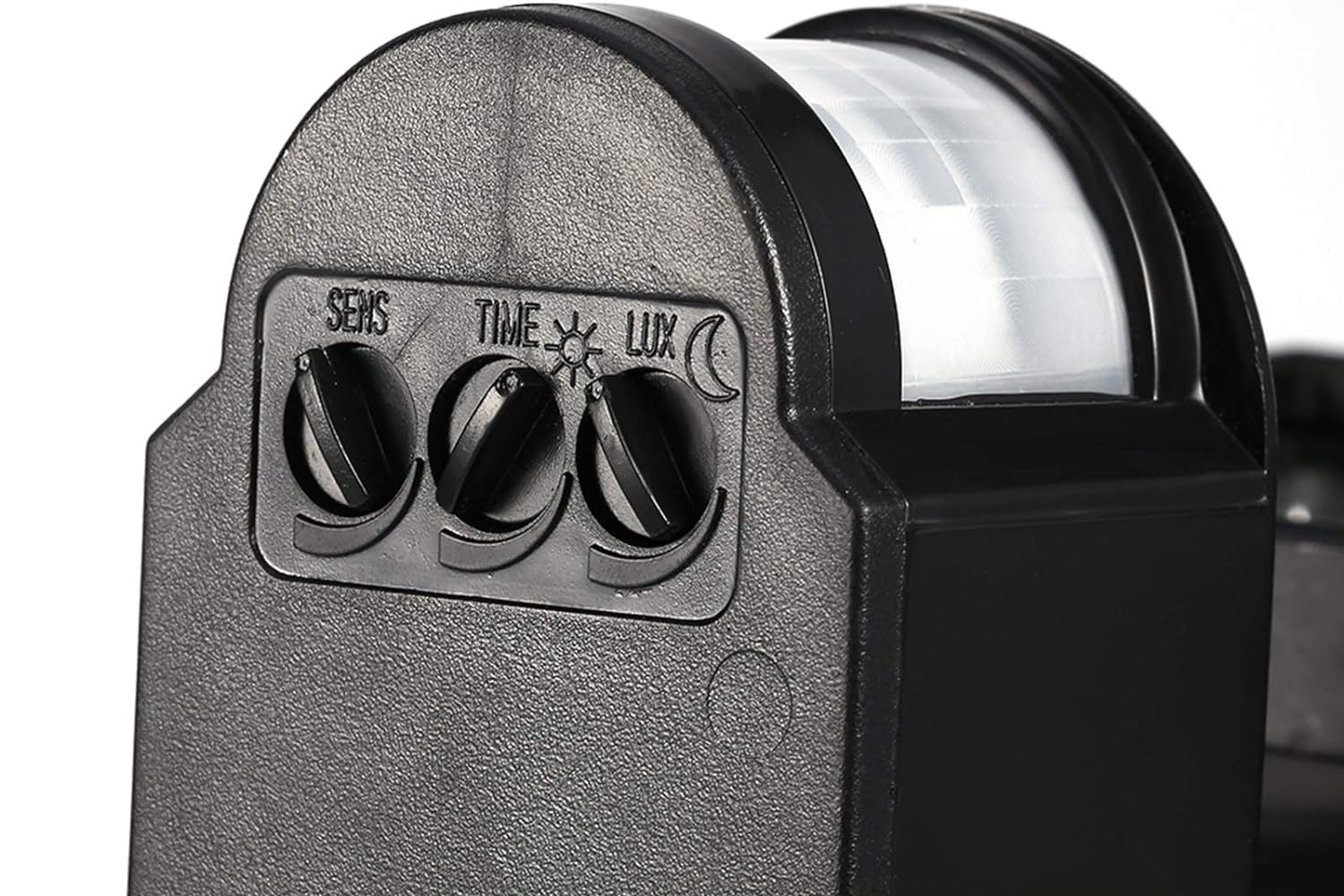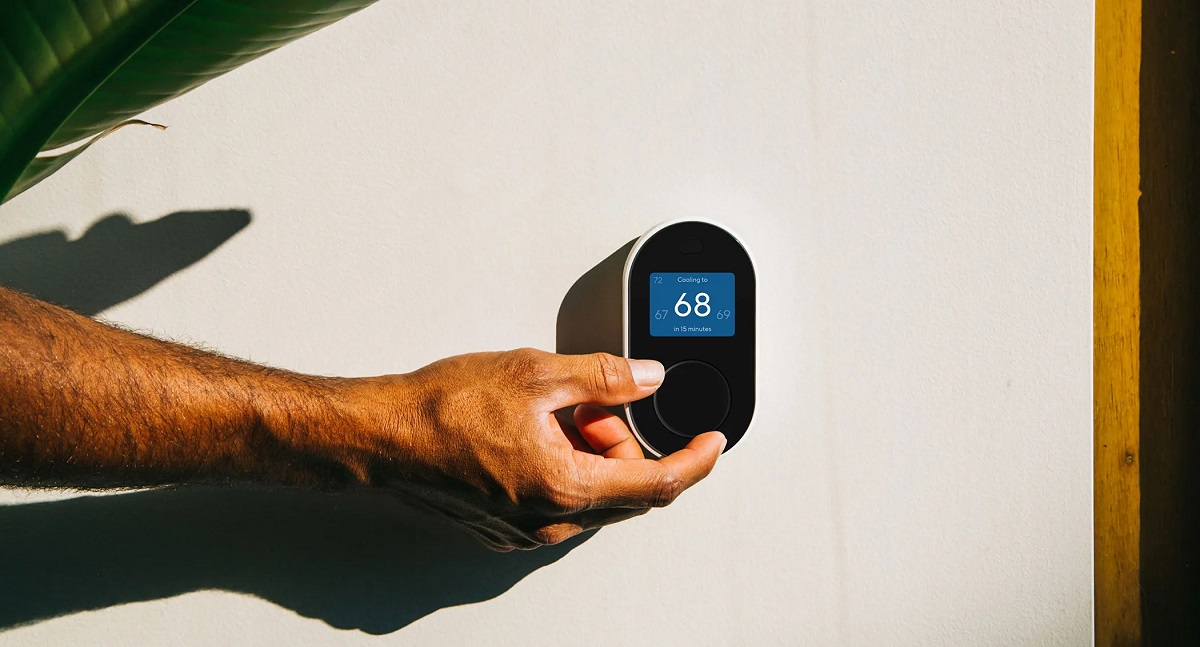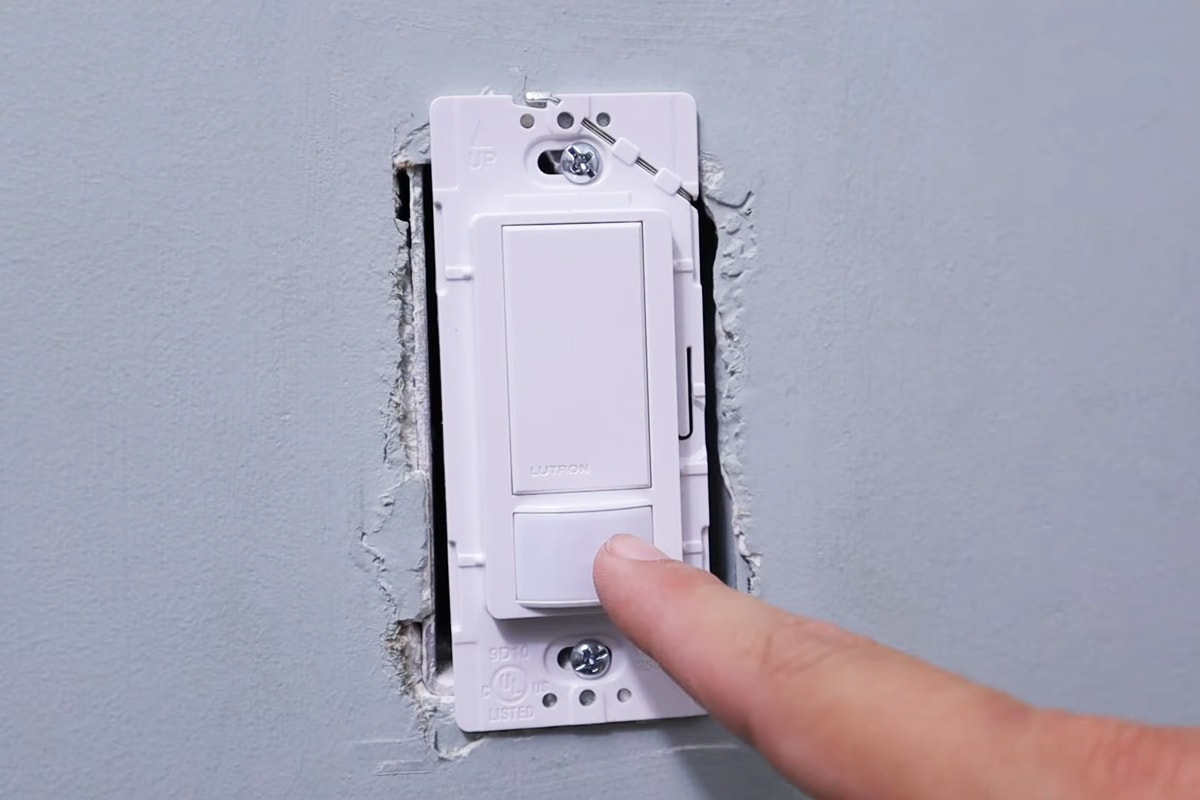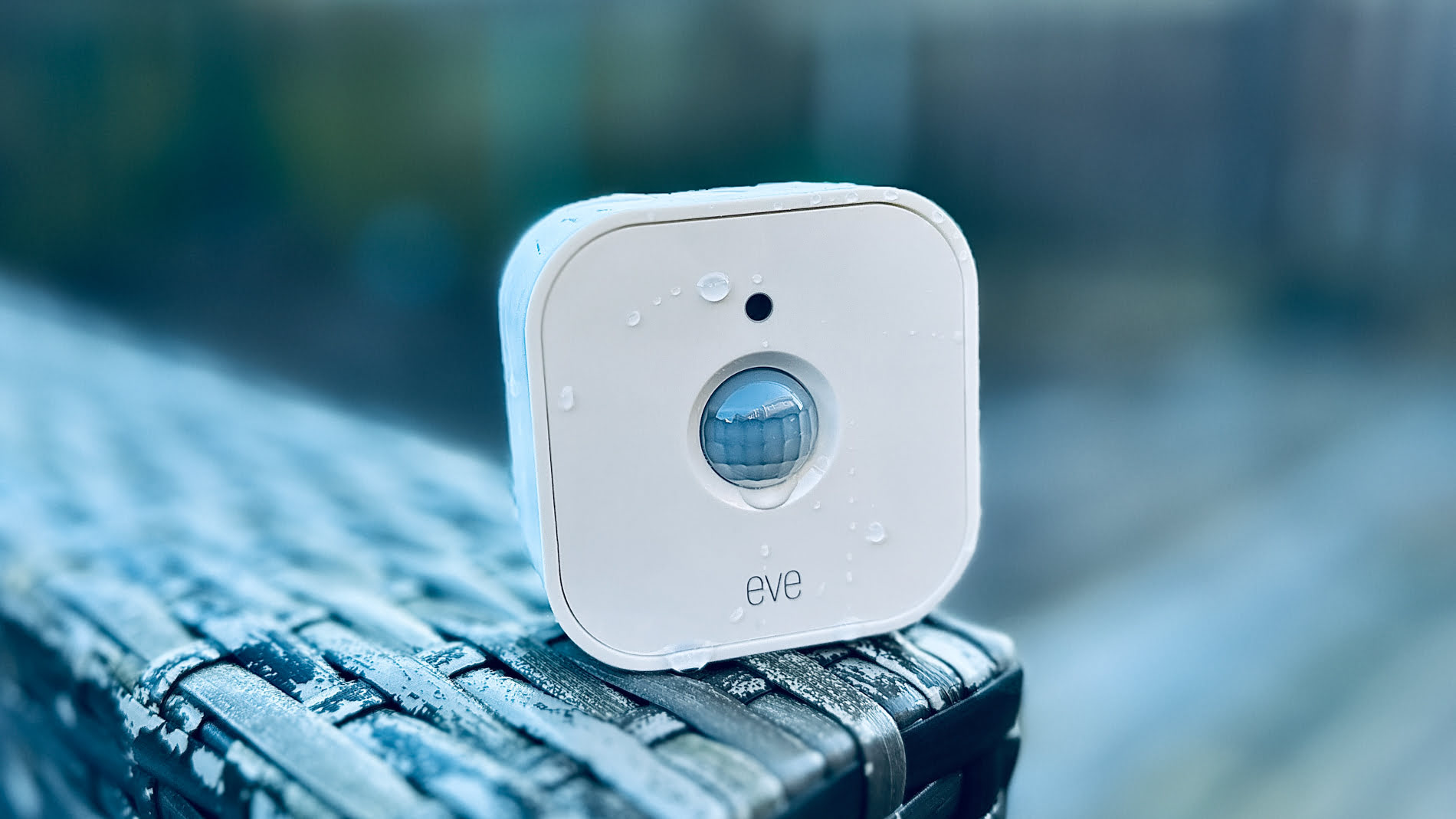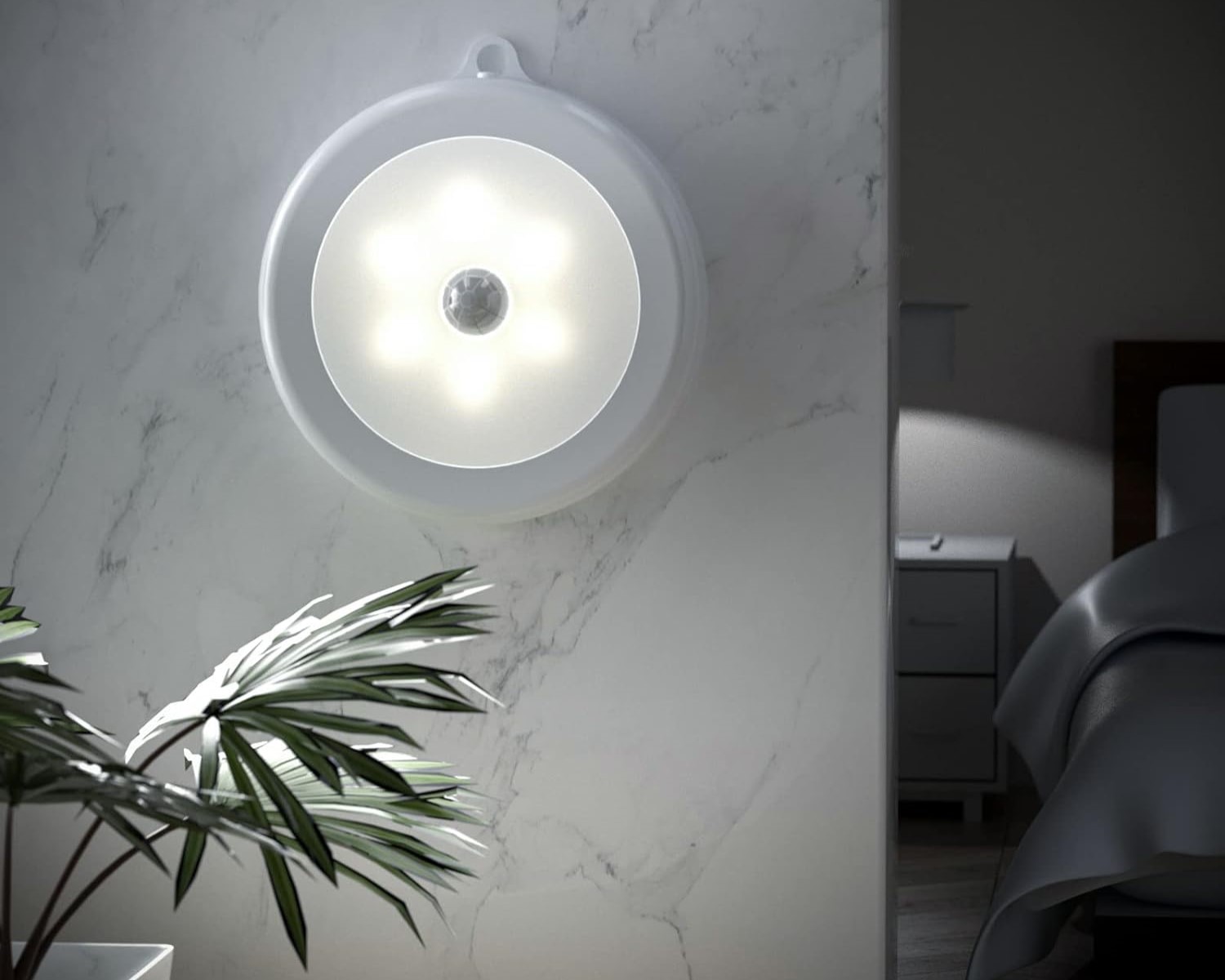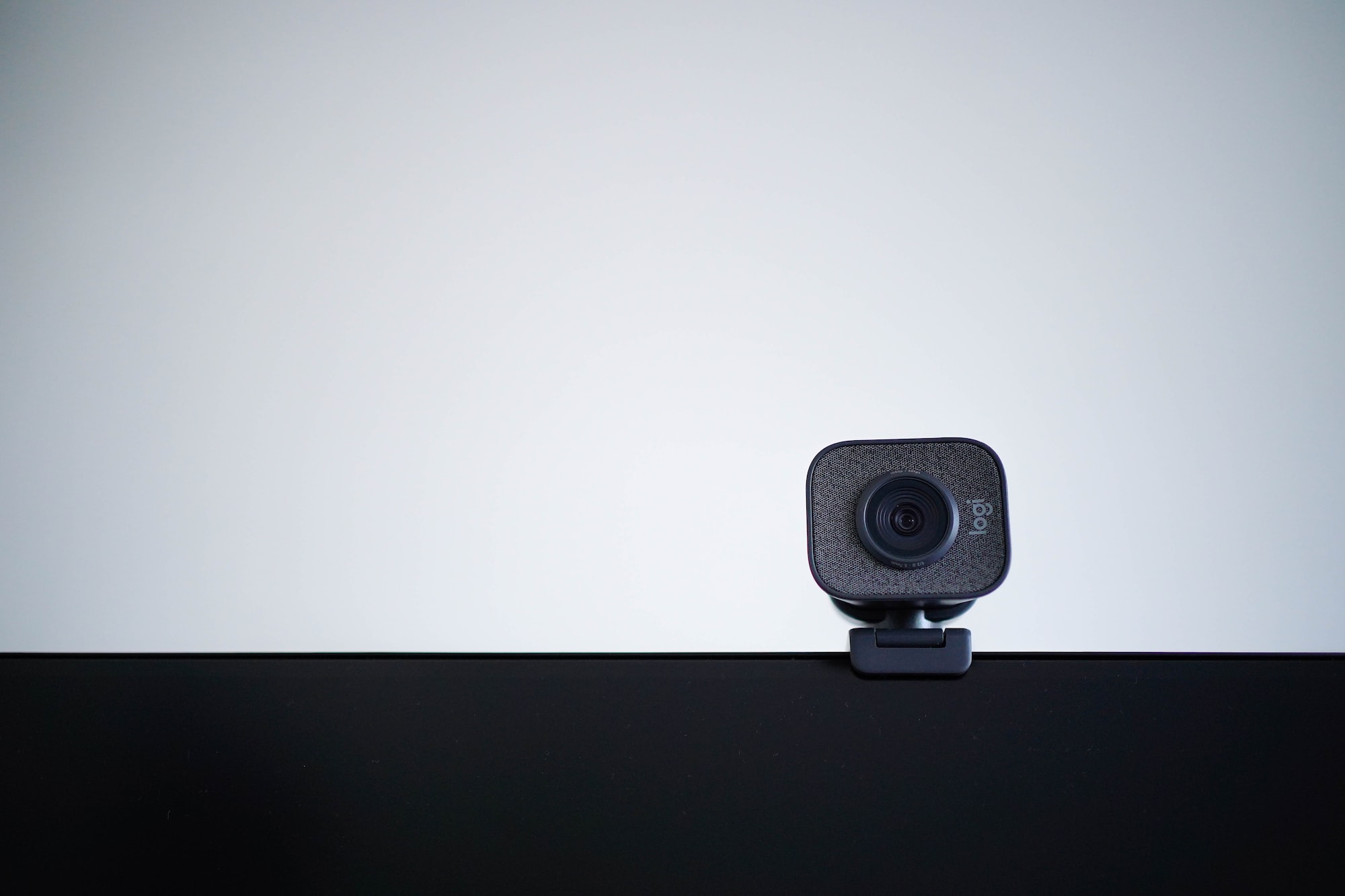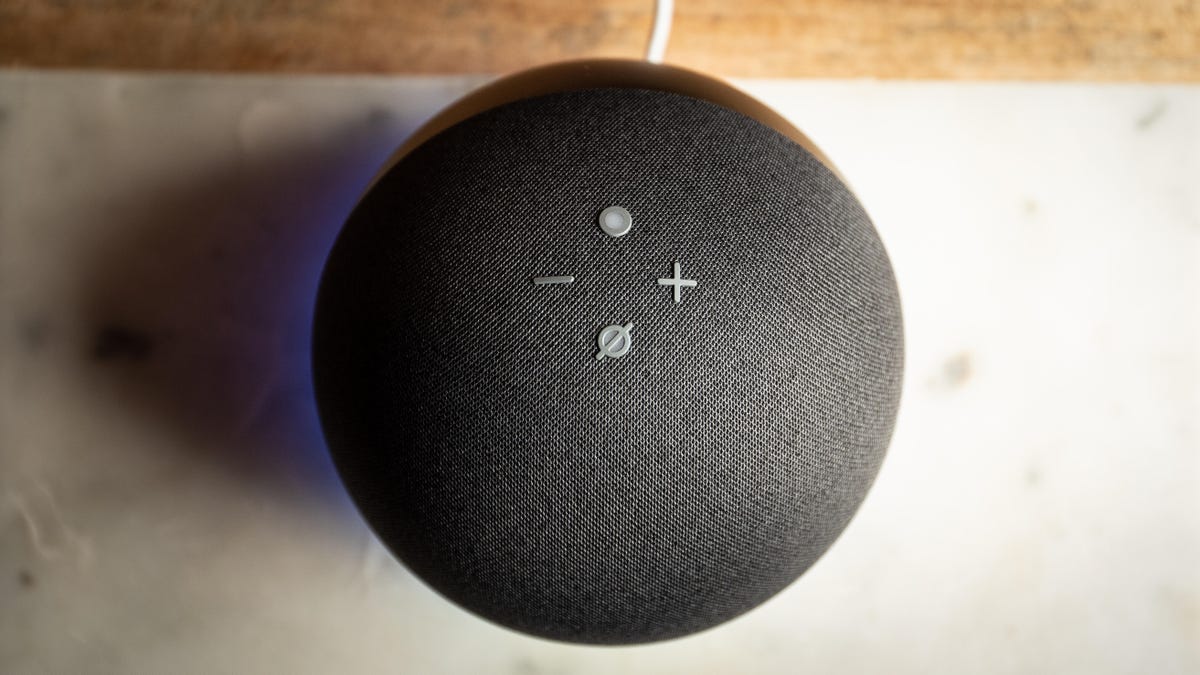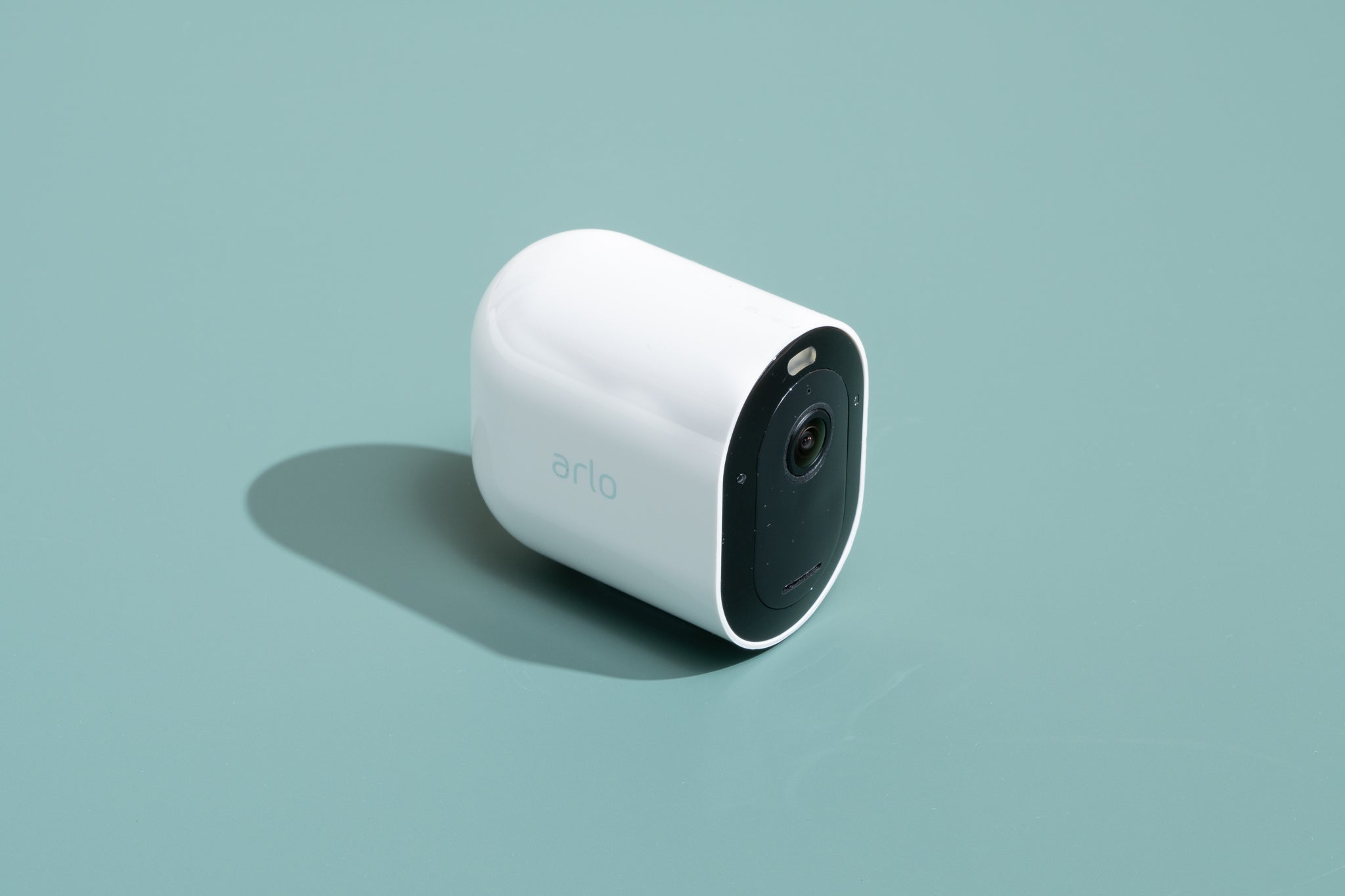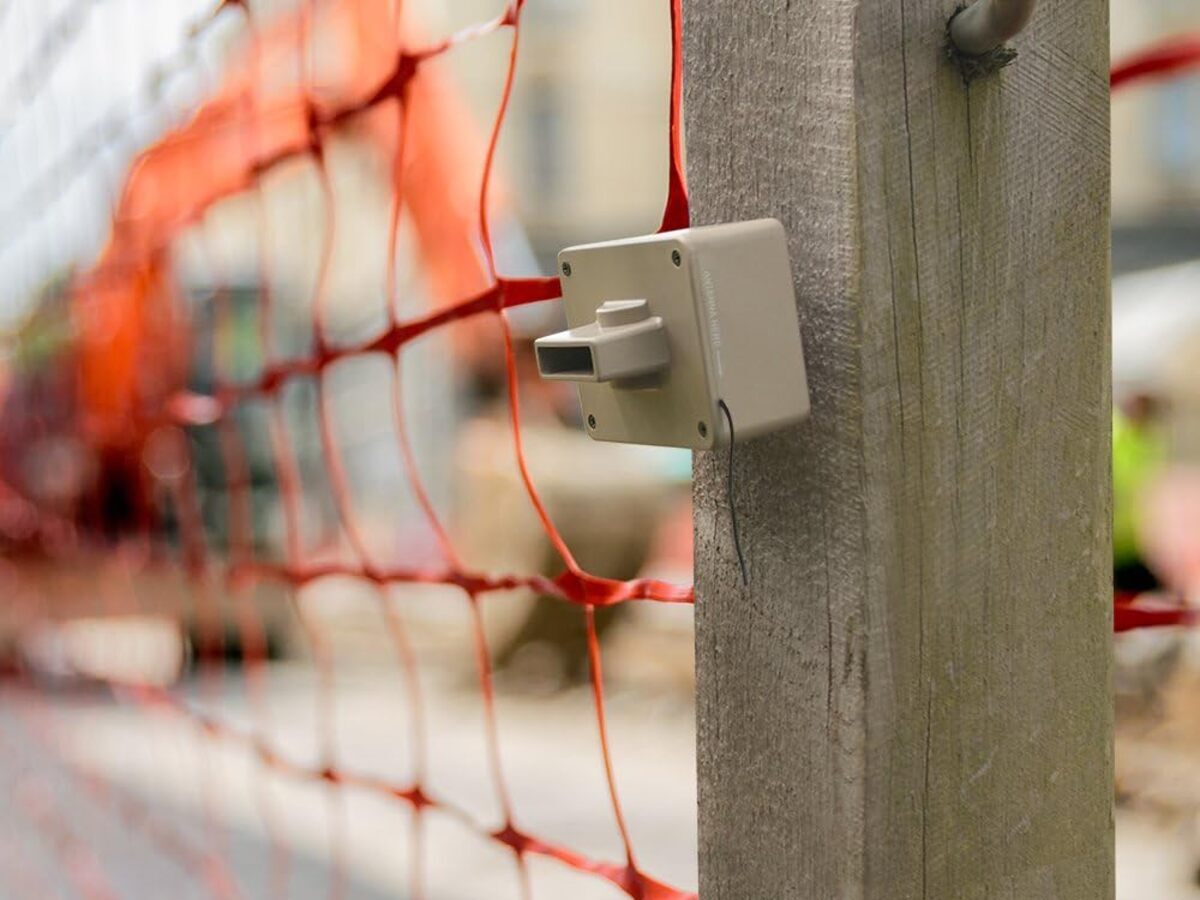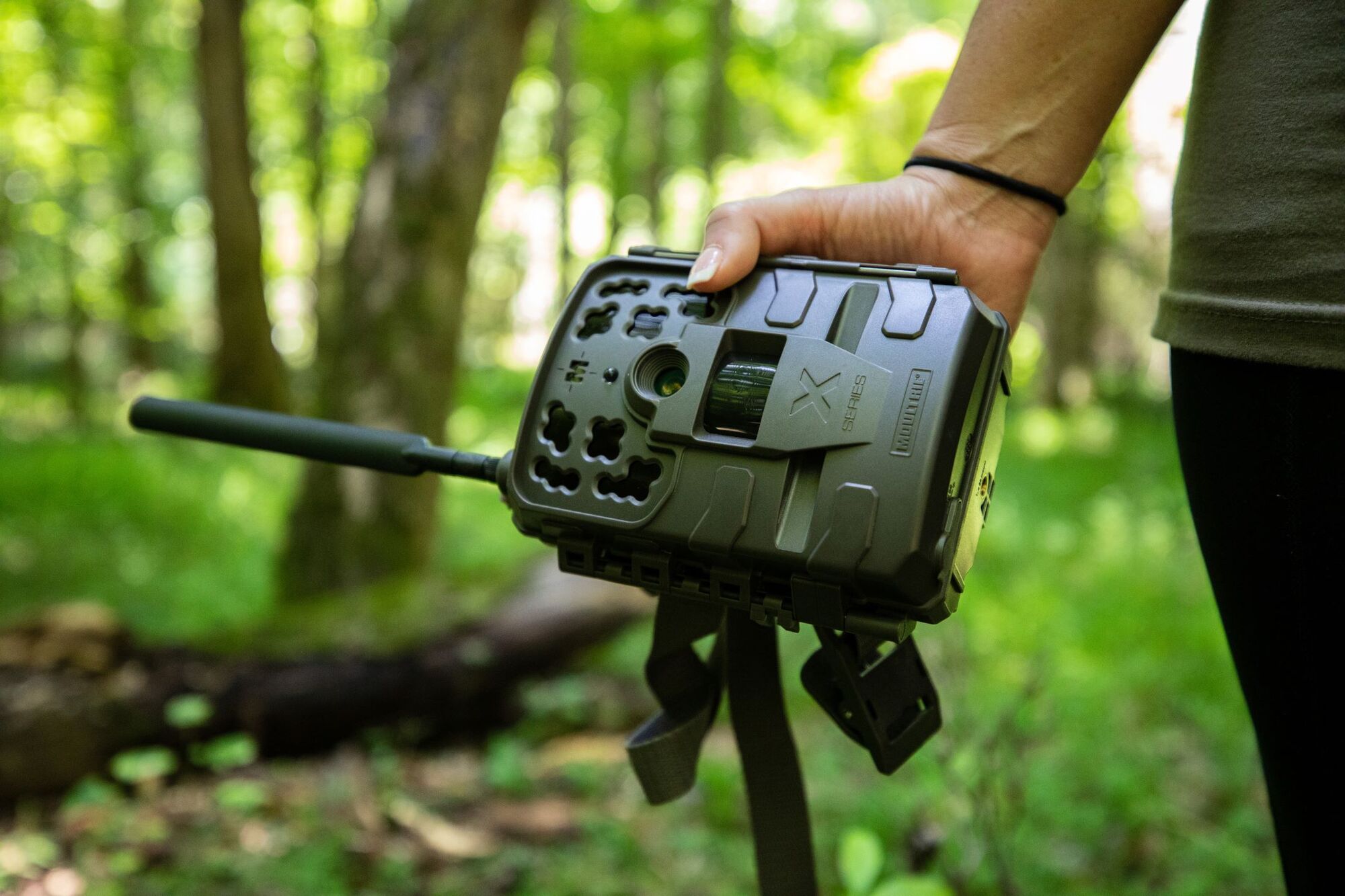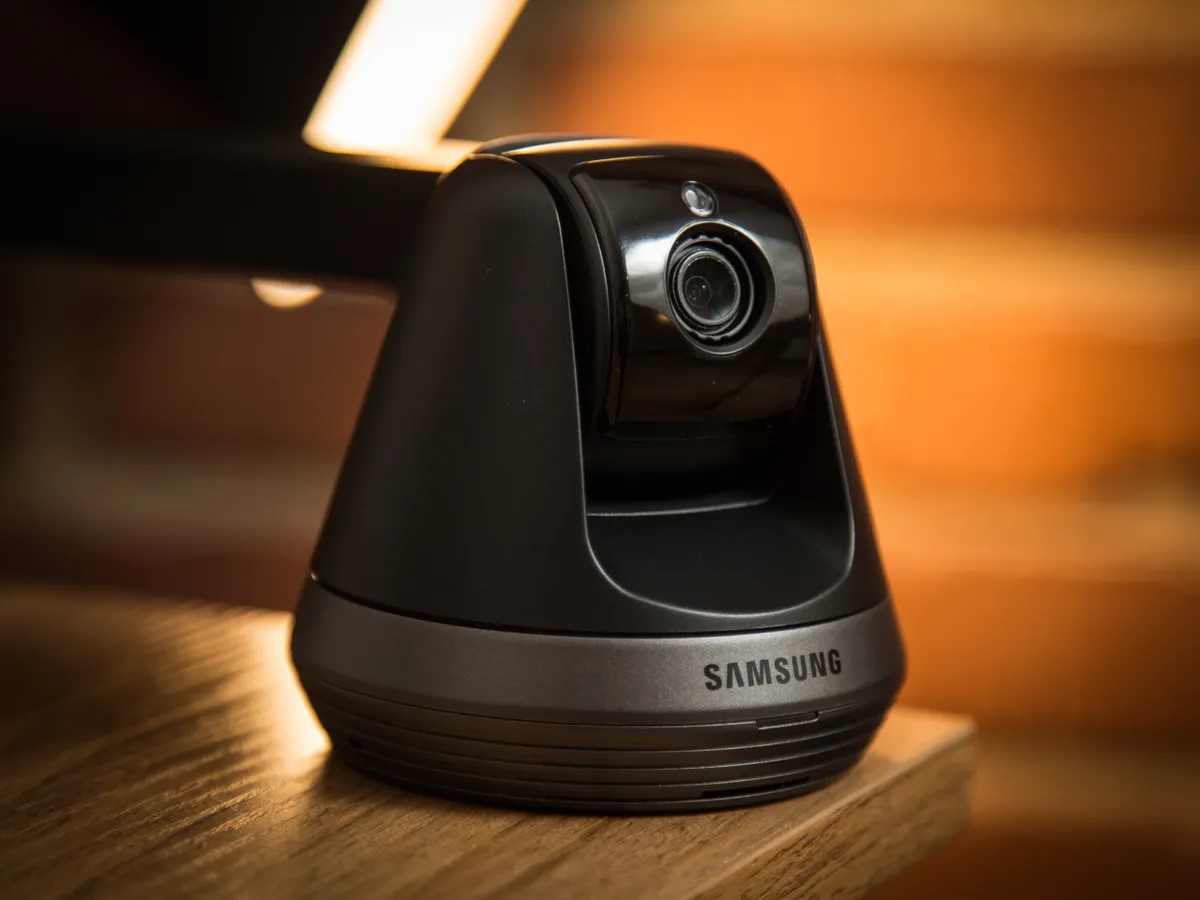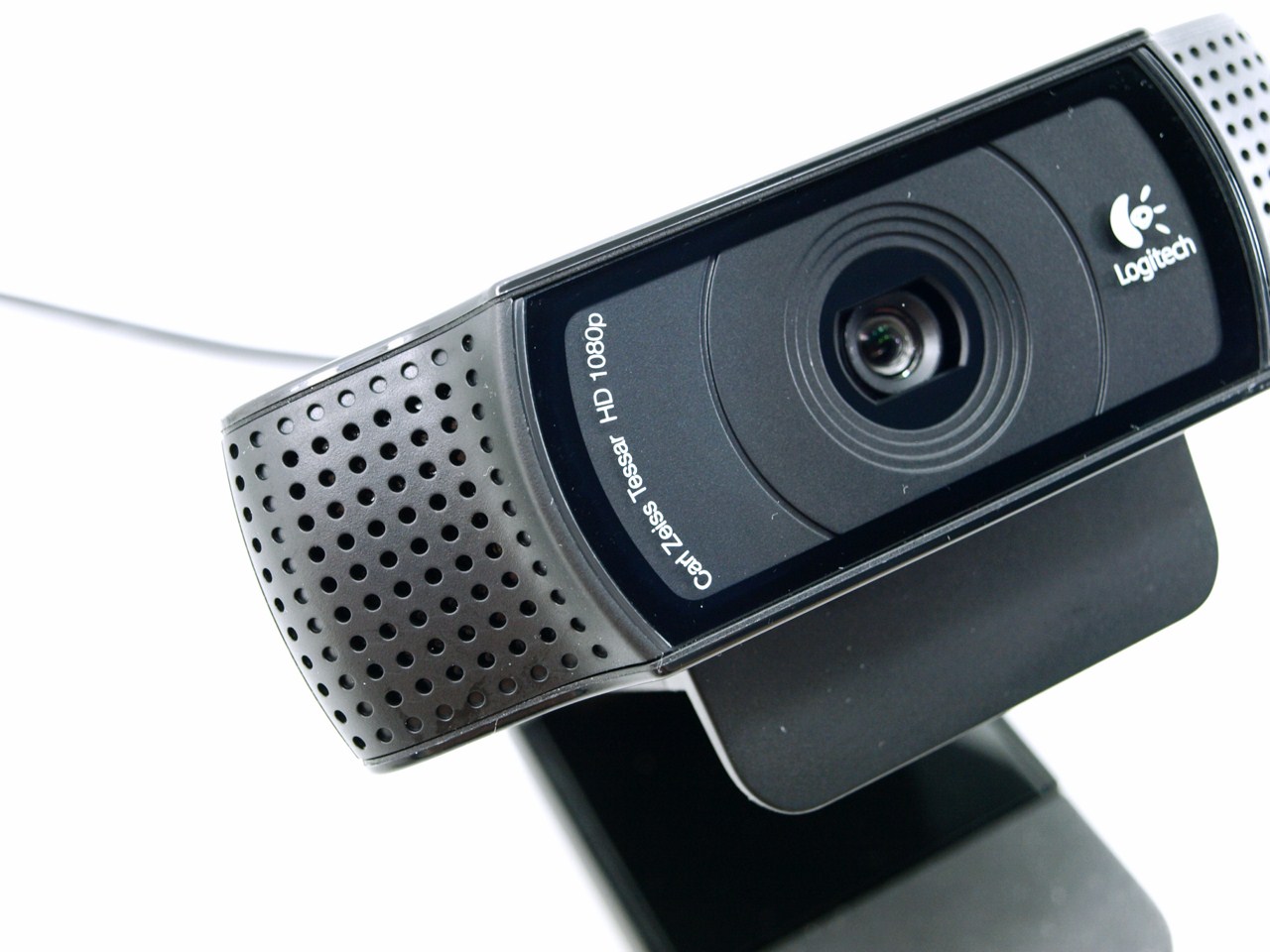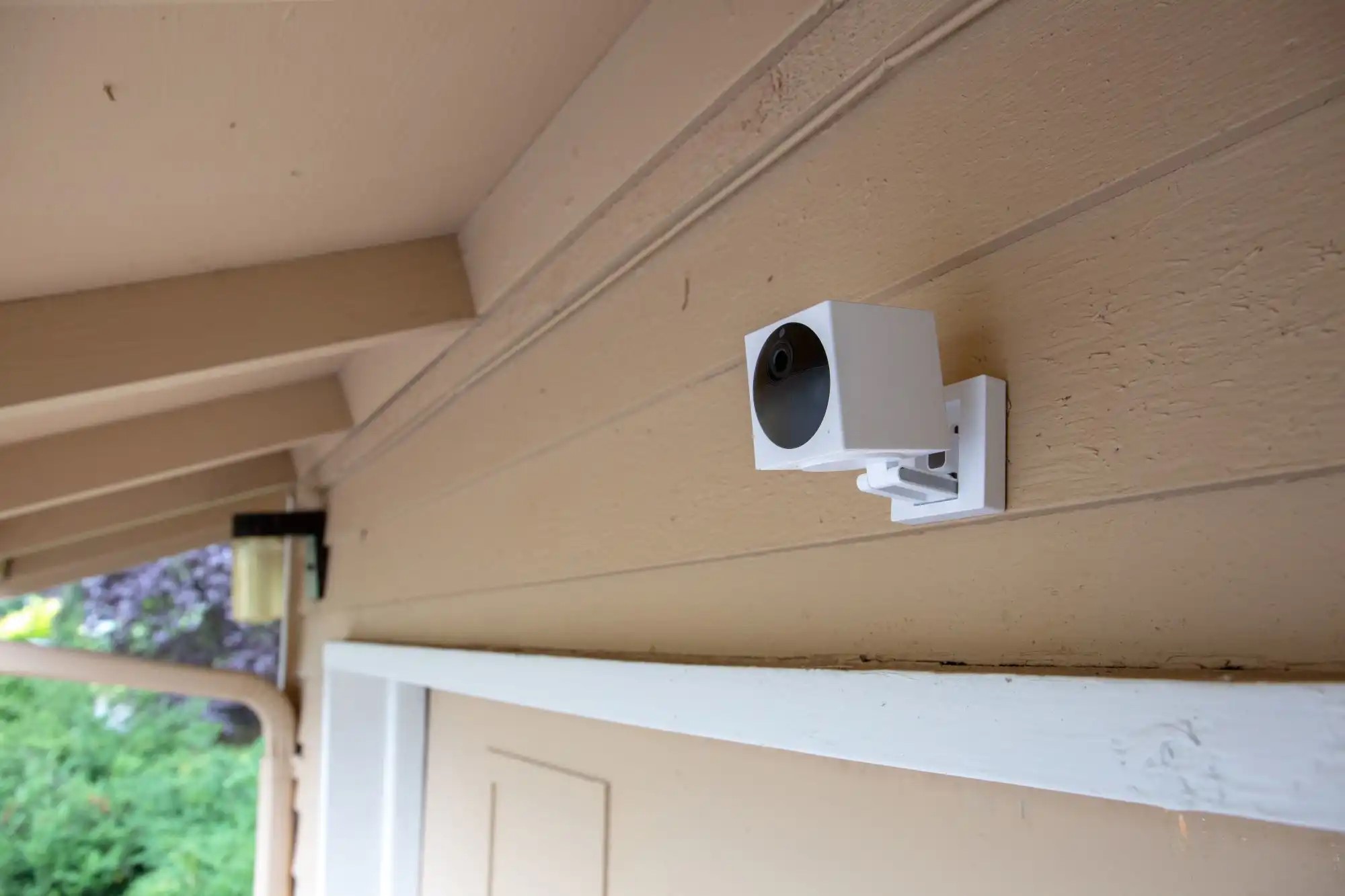Home>Home Security and Surveillance>How To Turn On Motion Detector Sensitivity On Wyze Camera
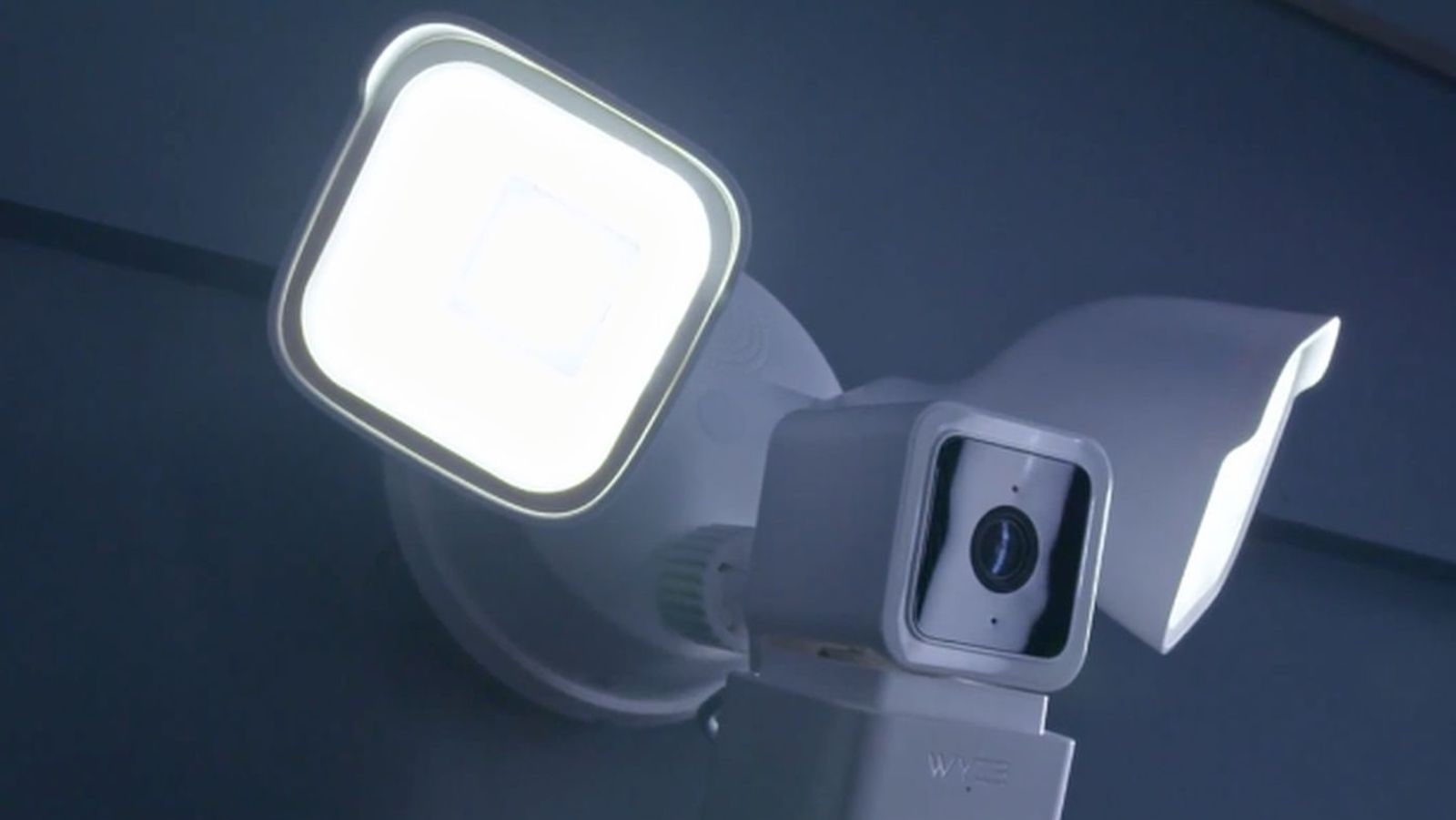

Home Security and Surveillance
How To Turn On Motion Detector Sensitivity On Wyze Camera
Modified: March 6, 2024
Learn how to adjust the motion detector sensitivity on your Wyse camera for enhanced home security and surveillance. Increase your protection with these simple steps.
(Many of the links in this article redirect to a specific reviewed product. Your purchase of these products through affiliate links helps to generate commission for Storables.com, at no extra cost. Learn more)
Introduction
Welcome to our guide on how to turn on motion detector sensitivity on your Wyse camera. In today’s world, home security and surveillance play a vital role in protecting our loved ones and property. With advancements in technology, it is now easier than ever to keep a watchful eye on your home, even when you are not physically present.
One of the key features of any home security system is motion detection. This feature allows the camera to detect movement within its field of view and trigger recording or send notifications. However, not all motion detection systems are created equal. Some cameras offer customizable sensitivity levels, which allow you to fine-tune the motion detection settings to meet your specific needs.
Wyse Cameras are known for their advanced features and user-friendly interface. With the ability to adjust the motion detector sensitivity, you can ensure that your camera detects and captures only the movements that matter, reducing false alarms and optimizing the effectiveness of your home security system.
In this article, we will walk you through the process of turning on the motion detector sensitivity on your Wyse camera. Whether you have just purchased a new camera or want to fine-tune your existing system, we have got you covered. Let’s get started!
Key Takeaways:
- Adjusting motion detector sensitivity on your Wyse camera ensures it captures important movements while reducing false alarms, enhancing your home security system’s effectiveness.
- By fine-tuning sensitivity levels, you can optimize your Wyse camera to detect significant movements, providing enhanced security and peace of mind for you and your loved ones.
Understanding Motion Detector Sensitivity
Before we dive into the steps of adjusting the motion detector sensitivity on your Wyse camera, it’s essential to understand what motion detector sensitivity means and how it affects the camera’s performance.
Motion detector sensitivity refers to the level at which the camera detects and responds to motion within its field of view. A higher sensitivity level means that even the smallest movements will trigger the camera, while a lower sensitivity level requires more significant movements to activate the motion detection feature.
Choosing the right sensitivity level is crucial to ensure that your camera captures the movements that are important to you, while also reducing false alarms triggered by insignificant actions, such as a passing car or a swaying tree branch.
When setting the motion detector sensitivity, it’s important to consider the specific needs and environment of your home. Factors such as the size of the area under surveillance, the presence of pets or wildlife, and variations in lighting conditions will all influence the ideal sensitivity level.
A good starting point is to set the sensitivity level to a medium setting and make adjustments based on the camera’s performance. If you find that the camera is not detecting important movements, you can increase the sensitivity. Conversely, if you are experiencing too many false alarms, decreasing the sensitivity can help mitigate the issue.
Now that we have a solid understanding of motion detector sensitivity, let’s move on to the steps of adjusting this setting on your Wyse camera.
Step 1: Accessing the Camera Settings
The first step in adjusting the motion detector sensitivity on your Wyse camera is to access the camera settings. To do this, you will need to connect to your camera’s interface using a compatible device such as a smartphone, tablet, or computer.
Here are the steps to access the camera settings:
- Ensure that your Wyse camera is connected to a power source and is connected to your Wi-Fi network.
- On your smartphone, tablet, or computer, open the Wyse camera app or access the camera’s interface through the web browser.
- Sign in to your Wyse camera account using your username and password. If you are accessing the camera locally, ensure that you are connected to the same network as the camera.
- Once you are logged in, navigate to the camera settings. The location of the settings may vary based on the specific model of your Wyse camera or the app interface.
Once you have successfully accessed the camera settings, you are ready to proceed to the next step of locating the motion detector sensitivity option.
Note: It is important to refer to the user manual or the manufacturer’s instructions for your specific model of Wyse camera as the process may vary slightly.
Step 2: Locating the Motion Detector Sensitivity Option
Once you have accessed the camera settings on your Wyse camera, the next step is to locate the motion detector sensitivity option. This option allows you to adjust the sensitivity level to suit your specific needs.
Here are the steps to find the motion detector sensitivity option:
- Within the camera settings, look for a section or tab specifically dedicated to motion detection or advanced settings.
- Click on or select the motion detection option to reveal the available settings related to motion detection.
- Look for a sub-option or slider that specifically relates to motion detector sensitivity. It may be labeled as “sensitivity,” “motion sensitivity,” or something similar.
- Once you have located the motion detector sensitivity option, you are now ready to adjust the sensitivity level to your preference.
The location and labeling of the motion detector sensitivity option may vary depending on the specific model of your Wyse camera or the app interface. It is recommended to refer to the user manual or the manufacturer’s instructions for clear guidance on finding the motion detector sensitivity option.
Now that you have located the motion detector sensitivity option, let’s move on to the next step of adjusting the sensitivity level.
To adjust motion detector sensitivity on Wyze camera, open the Wyze app, go to the camera settings, select “Detection Settings,” and then adjust the sensitivity slider to your desired level.
Step 3: Adjusting the Sensitivity Level
With the motion detector sensitivity option identified, you can now proceed to adjust the sensitivity level to your desired setting. This will ensure that your Wyse camera accurately detects and captures the movements you consider important while minimizing false alarms.
Here are the steps to adjust the sensitivity level:
- Using the slider or input field provided, move the sensitivity level up or down to increase or decrease the sensitivity, respectively. Some cameras may use a numerical scale, while others may use a visual representation to indicate sensitivity levels.
- Start by setting the sensitivity level to a medium setting and test the camera’s performance.
- If the camera is not detecting movements that you consider important, gradually increase the sensitivity level until it captures those movements.
- If you notice that the camera is triggering false alarms or detecting insignificant movements, decrease the sensitivity level until the issue is resolved.
- Make small adjustments and test the camera’s performance after each adjustment to find the optimal sensitivity level for your specific needs.
Remember that finding the ideal sensitivity level may require some trial and error, as it depends on the unique characteristics of your home environment and the specific requirements of your surveillance needs.
Once you have adjusted the sensitivity level, you are ready to move on to the final step of testing the motion detection capability of your Wyse camera.
Step 4: Testing the Motion Detection Capability
After adjusting the sensitivity level on your Wyse camera, it is important to test the motion detection capability to ensure that it is functioning as desired. By testing the camera’s performance, you can verify whether it accurately detects and captures the movements that are significant to you.
Here are the steps to test the motion detection capability:
- Trigger motion within the camera’s field of view. This can be done by walking in front of the camera, waving your hand, or any other movement that you want the camera to detect.
- Observe whether the camera responds to the motion by recording a video, capturing snapshots, or sending a notification, depending on the configuration you have set.
- Review the recorded footage or check any notifications to ensure that the camera has successfully detected and captured the desired movements.
- If the camera is not detecting or capturing the movements you expect, reassess the sensitivity level and make additional adjustments as necessary.
- Repeat the testing process until you are satisfied with the camera’s performance and its ability to detect and record the desired movements while minimizing false alarms.
By thoroughly testing the motion detection capability of your Wyse camera, you can optimize its performance to meet your specific surveillance needs. Remember that environmental factors, such as lighting conditions and the presence of pets or wildlife, can impact the camera’s performance. Consider these factors while fine-tuning the sensitivity level and assessing the camera’s response to motion.
Congratulations! You have successfully adjusted the motion detector sensitivity on your Wyse camera and tested its motion detection capability. Now you can enjoy improved accuracy in capturing important movements and enhanced peace of mind when it comes to home security and surveillance.
Conclusion
Having the ability to adjust the motion detector sensitivity on your Wyse camera is a valuable feature that allows you to tailor your home security system to your specific needs. By fine-tuning the sensitivity level, you can ensure that your camera detects and captures the movements that matter to you, while also minimizing false alarms triggered by insignificant actions.
In this guide, we have walked you through the process of turning on motion detector sensitivity on your Wyse camera. We started by understanding the concept of motion detector sensitivity and its significance in optimizing the camera’s performance. We then covered the steps of accessing the camera settings, locating the motion detector sensitivity option, adjusting the sensitivity level, and testing the motion detection capability.
Remember, finding the optimal sensitivity level may require some experimentation and testing. Factors such as the size of the area under surveillance, lighting conditions, and the presence of pets or wildlife should be considered when fine-tuning the motion detector sensitivity.
By following the steps outlined in this guide, you can ensure that your Wyse camera effectively detects and captures important movements, providing you with enhanced security and peace of mind.
We hope this guide has been helpful in enabling you to optimize the motion detector sensitivity on your Wyse camera. With the right settings in place, you can confidently rely on your home security system to keep you and your loved ones safe.
Remember to refer to the user manual or manufacturer’s instructions for your specific Wyse camera model for any further guidance or recommendations. Stay vigilant, and enjoy the added security and protection that your Wyse camera brings!
Frequently Asked Questions about How To Turn On Motion Detector Sensitivity On Wyze Camera
Was this page helpful?
At Storables.com, we guarantee accurate and reliable information. Our content, validated by Expert Board Contributors, is crafted following stringent Editorial Policies. We're committed to providing you with well-researched, expert-backed insights for all your informational needs.

